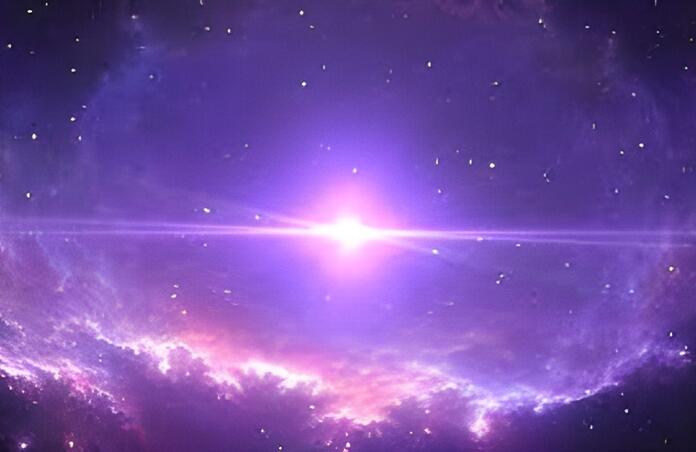Astronomers Identify the Remnants of Ancestral Stars

All currently identified stars can be split into two populations or generations. The first is the set of youngest stars. These are metal rich and very hot. The second comprises older stars, ones that a more metal poor and cooler. However, what has eluded astronomers is finding any remaining evidence of hypothetical population III stars, the first generation of stars, primordial titans whose deaths led to the creation of all heavy elements that can be seen today. These would have formed in an infant universe, 100 million years after creation.
In order to confirm the existence of pop. III stars, there are two possible avenues. Low mass pop. III should still be fully observable in most galaxies. In spite of this, there has never been direct evidence of a zero-metal star in our galaxy or any other. The other avenue is to identify the remnants of high mass pop. III stars, following a supernova.
In a paper published September 29th 2022, headed by Yuzuru Yoshii, they outline their analysis of a certain quasar target captured within the UKIDSS Large Area Survey (ULAS), the deepest near infrared survey over 0.8 degrees of sky. As telescopic surveys probe deeper into space, they also probe further into the past. Additionally, distant objects become increasingly redshifted, necessitating deeper surveys to use near infrared imaging. The target in question was ULAS J1342+0928 at a redshift of z = 7.54. Our current view of this target is at an age 700 million years after the big bang.
The paper used a variety of techniques to probe the composition of material surrounding the quasar. The basic outline involved spectrographic analysis of the emitted wavelengths. The challenge of the paper lay with isolating the various contributions and finding exact proportions of elements that originate from a particular phenomenon they were interested in investigating.
The ultimate outcome of these analyses is that the makeup of this material contained significantly greater ratio of iron to magnesium than could be predicted by traditional chemical evolution models, neither of stars, nor the nearby quasar. Yuzuru et al proceed by proposing that the origin of this abundance is due to a 280 M☉ pop. III star undergoing a pair-instability supernova (PISN).
Since a star’s hydrostatic equilibrium is kept in balance by gravity and radiation pressure, a star can remain stable. However, at all times, spontaneous pair productions will occur due to collisions between gamma photons and atomic nuclei. Typically, this loss in gamma radiation doesn’t affect the stability of a star, but it has been postulated that within zero-metal stars, there must exist a temperature limit where this process occurs with such prevalence that a sudden drop in pressure causes a partial core collapse, leading to runaway fusion that results a supernova that completely blows the star apart, leaving behind no stellar remnant.
While all high mass pop. III stars have long died out, if confirmed, this study could lead to the discovery of many more pop. III remnants, potentially even within our own galaxy. This discovery has been crucial furthering our understanding of the early evolution of stars that enriched our universe with metals as well as granting insight into the reionisation period of our universe. Future surveys that are able to identify these remnants may even lead to the eventual derivation of an initial mass function for these types of stars.
--
Cover Image: Cover Image by Jurik Peter
Journal Source: Y. Yuzuru et al, Potential signature of Population III pair-instability supernova ejecta in the BLR gas of the most distant quasar at z = 7.54∗, The Astrophysical Journal, Vol. 937, No. 2, 2022
